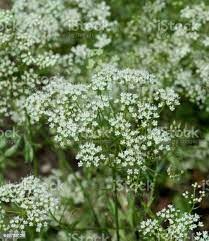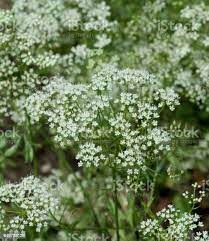Area
It is grown in Southern Europe, Asia Minor, Mexico and Egypt for seed production in the Mediterranean or the Middle East. As a cultivated plant it is grown in a large area in the Voronezh, Belgorod, Kursk regions of Russia, in small areas in the Krasnodar Territory.
Botanical description of the plant
An annual herbaceous plant. The root is thin. Stems up to 60 cm, straight, the upper part is branched. The flowers are small, 5-membered. Collected in a complex umbrella. Fruit gray-green with 2 seeds, 3-5mm long. The fruit is fragrant. The weight of 1000 seeds is 2-3.6 g. Harvested in August.

Medicinal properties
The fruit is used as a medicinal plant. Dried fruits contain 1.2-3.5% of essential oils, 16-285 oils, up to 19% of protein, as well as sugars and organic acids. Preparations made from the anise plant have anti-inflammatory, antiseptic, antispasmodic effect. Anise and its drugs enhance the secretory function of the gastrointestinal tract. Increases mammary gland secretion and stimulates the uterus.
Growing technology
Resistant to frost, so it grows well in many regions of Russia. Seeds are sown in early spring. Timely sowing of seeds has a positive effect on high yields. Very low temperatures also cause slow germination of seeds. The vegetation period lasts 120-140 days. Plant seeds are definitely planted in moist soil. It takes some time for the seeds to germinate. The seeds are soaked for 2 days so that they germinate quickly. A better way is to store the seeds in the refrigerator for 2 weeks and then sow.





